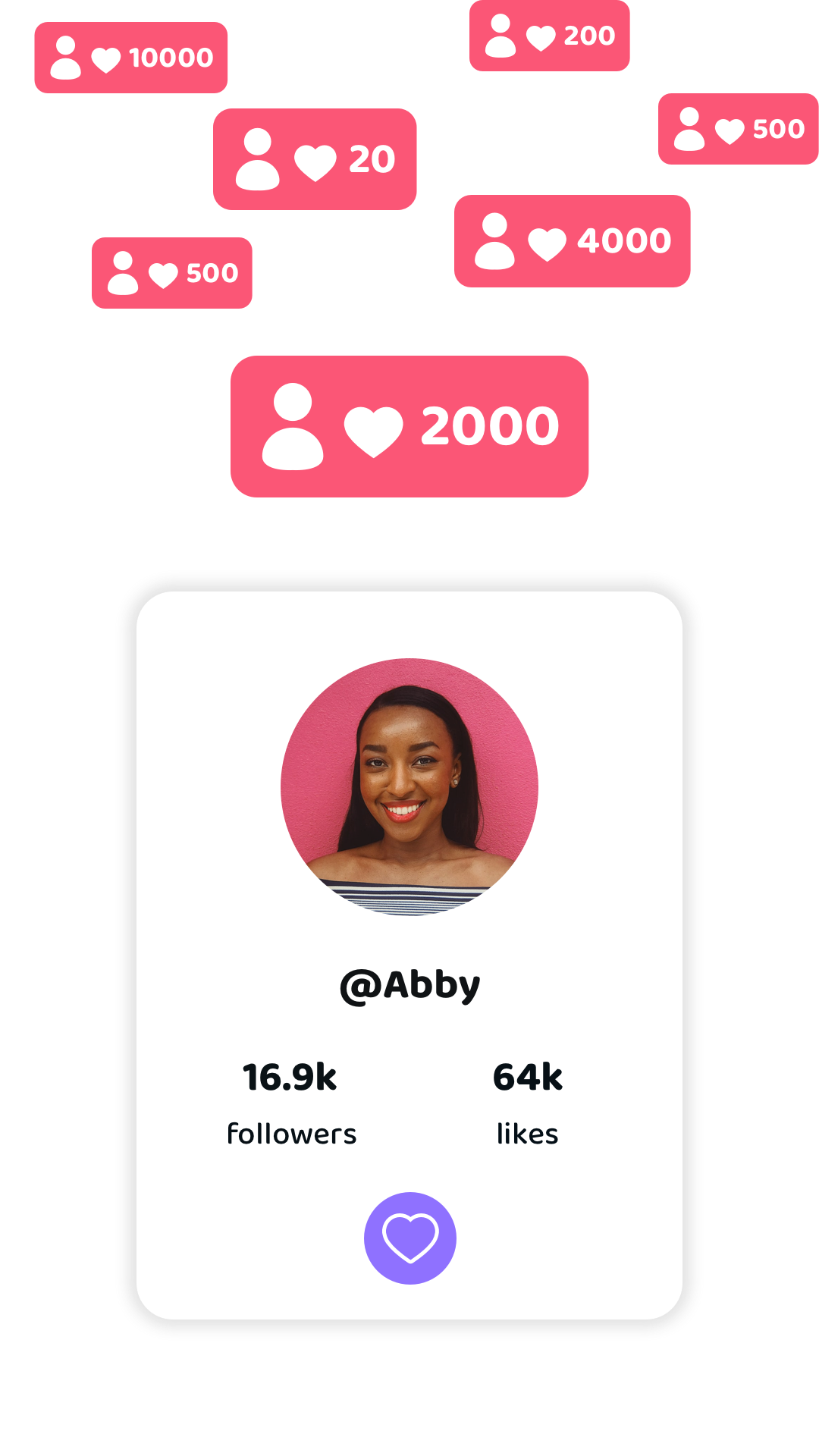
An informative advertisement is one that uses accurate and up-to-date information and data in order to sell a product or service. Examples of this type of advertising include commercials for prescription drugs that describe the possible side effects of the drug. Toast also has a Toast commercial which clearly explains the product's features. Factual advertising can also be called an informative advertisement.
Informative advertising must contain accurate information.
Informative advertising has the goal of persuading consumers to purchase a product, or service. It relies on facts and data to prove the value of the product or service. It also helps to build trust and establish authority among consumers. The right informative advertising campaign can boost sales, improve the image of a brand, and establish a reputation. To get the most out of informative advertising, it is essential that the data and information used are accurate.
Use informative advertising correctly to grab attention and be informative. Informative advertising can be as effective at grabbing attention and informative as persuasive advertising. It is easier for informed consumers to trust brands if they are grounded in facts and data rather than on emotional ploys. It is important to understand what information is most relevant to their specific needs and interests, and to create a campaign based on those facts.

Prescription drug ads discuss side effects
If you are not paying attention to the TV ads regarding prescription drugs, you won't see any side effects information. These ads have been in television for more than twenty years and have been approved and published by the Food and Drug Administration. The "brief" prescribing information must be included for each drug. These include information on what to look at in a drug, how to take it, rare, serious side effects and other important information. The information must include links to other sources for more information about the drug.
Many pharmaceutical companies have an incentive to hype the benefits of their drugs. It is not easy to mention side effects in pharmaceutical ads. It was not required for drug companies to list side effects until 1997 when the FDA began to regulate drug advertising. The FDA's guidelines for drug advertisements now specify that the drug advertisements must include a brief summary of the drug's risks and benefits. Companies can still omit side effects.
Toast advertisement clarifies all its features and services
The Toast advertisement is very informative and explains all the available features and services. One of the highlights of Toast is its Order & Pay feature, which allows restaurant guests to make their online orders while they are sitting inside the restaurant. The software also gives the restaurant real-time data about customer habits and menu items. The software can also send reports and analytics. Toast has some limitations. It is not able to connect with third party payment processors and it costs too much.
First, the Toast advert focuses exclusively on restaurants, making it an ideal choice for those looking for contactless payment. It also helps to increase customer loyalty. The customer support team is available to you as a paid subscriber between six a.m. (Monday through Friday) Customers have reported prompt responses. The system also includes a resource library as well as an online forum for support and questions.

Salesforce advertising campaigns are one of the most effective examples of informative advertising.
Informed advertising uses facts to educate viewers about the product. Although it is as effective as persuasive advertising, informed marketing has the benefit that it builds trust. To create effective informative ads, it is essential to identify the information that consumers most value. For example, most car commercials do not present a technical spec sheet for prospective buyers. Instead, they focus on the product's advantages and features.
Informative advertising is a great way for consumers to be attracted to a product or to make them want to purchase it. To educate consumers about the dangers and benefits of drinking, companies such as alcohol can use informative advertisements. Software companies can, however, use informative advertising to inform their customers about the latest updates to their products as well as how they affect their bottom line. Informative advertising should not contain misleading or false information. This could backfire on a company and hurt its reputation. Incorrect information can be seen in the form of "fake News" advertising.
FAQ
What is radio advertising?
It is important to understand the interdependence of different media types. Remember that media can complement each other and are not necessarily competitive.
Radio is best used to complement television advertising. Radio complements television advertising by reinforcing key messages or providing additional information.
For radio listeners, TV commercials can often be too long. Radio ads tend to be shorter and more affordable.
Advertising: What is it?
Advertising is an art form. Advertising is more than selling products. It's about making emotional connections between people, brands, and each other.
Advertising is about communicating ideas through images and stories.
You have to make sure you are communicating clearly and persuasively. Also, you must share a story which resonates with your target markets.
Advertising is different than other communication methods, such as writing or public speaking.
When you create a winning ad campaign, it is creating your brand identity.
This is how to be remembered. People want to remember you.
How much does it cost for social media advertising?
It is important to know that advertising on social media platforms is not free if you decide to do this route. You will be charged monthly depending on your time on each platform.
Facebook: $0.10 per 1,000 impressions
Twitter - $0.20 for 1,000 impressions (if tweeting)
Send out invitations on Linkedin for $0.30 per 1000 impressions
Instagram - $0.50 per 1,000 impressions.
Snapchat – $0.60 per 1,000 impressions ($0.40 for each user)
YouTube - $0.25/1000 views
Tumblr $0.15 for 1,000 impressions text posts
Pinterest - $0.05 per 1,000 impressions per month
Google + - $0.15-$0.20 per 1 million impressions
Tumblr – $0.15 - $0.20 per 100,000 impressions
Vimeo - $0.20- $0.25 per 10,000 impressions
Soundcloud - $0.20 to $0.0.25 per 1 Million Plays
StumbleUpon - $0.20 -$0.25 per 1 billion pageviews
Digg - $0.20 to $0.25 per 1000 diggs
Reddit - $0.20-$0.25 per 1000 comments
Wordpress - $0.20 - $0.25 for 500 comments
Flickr - $0.20 -- $0.25 per 5,000 photo uploads
What is branding?
Your brand is the way you express who you are and what your stand for. It is how people remember your name.
Branding refers to creating a brand that is memorable for your company. A brand isn't just a logo. It also includes everything you do, including your physical appearance as well as the tone of voice that employees use.
Because customers know exactly what they are getting, strong brands help them feel confident in purchasing from you. And it gives them confidence in choosing your products over those of competitors.
Apple is a great example of a brand-named company. Its brand is known worldwide for its sleek design, high-quality products, and customer support.
Apple's brand is synonymous with technology. Apple is what people think about when they see a smartphone, computer or tablet.
Before you launch a new business, it is worth creating a brand. This will give your business a personality and face.
How can I choose my target audience
Begin by talking to yourself and people close to you. Do you not know where to start? Ask yourself "Whom do I want to reach?"
Ask yourself these questions: Who do you consider the most influential in your industry? What are their daily problems? Which are the smartest people working in my field? They hang out online.
Take a look back at how you started your company. Why did you start? What problem were you able to solve and how did this happen?
These answers will help identify your ideal clients. This will allow you to learn more about your ideal customers and their motivations for buying from you.
Look at your competitors' sites and social media pages for clues as to who they cater.
Once you have identified the target customers, it is time to decide what channel(s) you want to use to reach them. If your company offers services to real estate agents you might make a website that targets home buyers.
If your company provides software to small businesses, you might consider creating a blog for those owners.
A Facebook page could be created for clothing sellers. Or if you're a restaurant owner, you could set up a Twitter account for parents looking for kid-friendly places to eat.
The important thing is that you have many options for getting your message across.
What is an ad campaign?
Advertising campaign refers to a series of advertisements intended to promote a product. It could also refer the entire production of such advertisements.
The Latin word "to sell" gave rise to the term "ad". The first known use was by Marcus Terentius Varro (116-27 BC), who used it as a verb meaning "to make a sale."
Advertising campaigns are most often done by large agencies or businesses. Many media types can be used in these campaigns, including television, radio and print.
Advertising campaigns typically last for several months and have specific goals. For instance, some campaigns aim to generate awareness while others focus on increasing sales.
What does it mean to be an advertiser buyer?
An advertiser buys advertising space on TV, radio, print media, etc.
An advertiser pays for the time they want their message to appear.
They don't necessarily want the best ad, but they are more interested in what is most effective at reaching their target audience.
An advertiser might have details about potential customers, including their age, gender and income.
This data can be used by the advertiser to decide which media is most effective for them. An example is direct mail that appeals to older people.
Advertisers also take into account the competition. Advertisers will look at the competition to see if similar businesses are nearby.
Advertisers should also consider the budget they have and how long they plan to spend it before it expires.
Statistics
- It's 100% reliant on your website traffic. (quicksprout.com)
- Advertising spending as a share of GDP was about 2.9 percent. (en.wikipedia.org)
- It collects money from the advertisers, keeps 32% for its role in facilitating the process, and the remaining 68% goes to the publisher (you). (quicksprout.com)
- Advertising's projected distribution for 2017 was 40.4% on TV, 33.3% on digital, 9% on newspapers, 6.9% on magazines, 5.8% outdoor, and 4.3% on radio. (en.wikipedia.org)
External Links
How To
How can I advertise through Google?
AdWords is Google’s advertising platform that allows businesses to buy ads using specific keywords. The first step is setting up your account. Set the budget, select the campaign name, and then add keywords. Then you bid on those keywords. Clicking on an advertisement will only result in you being paid if the click is from someone who searched one of your targeted keyword phrases. This ensures that you are paid even if people do not buy anything.
Google has many tools to help you ensure your ads work. These tools include Ads Preferences Manager and Keyword Planner. These tools allow you see which options work best for your business.
A keyword planner allows you to determine the best keywords to use in your campaigns. It will also show you the competition for keywords and help you decide if you should spend money bidding.
Ads Preferences Manager can be used to adjust settings such as the maximum impressions per hour and the minimum price per click.
Analytics allows you to monitor the performance and compare your ads to other competitors. Reports can be viewed that compare your ads to others.